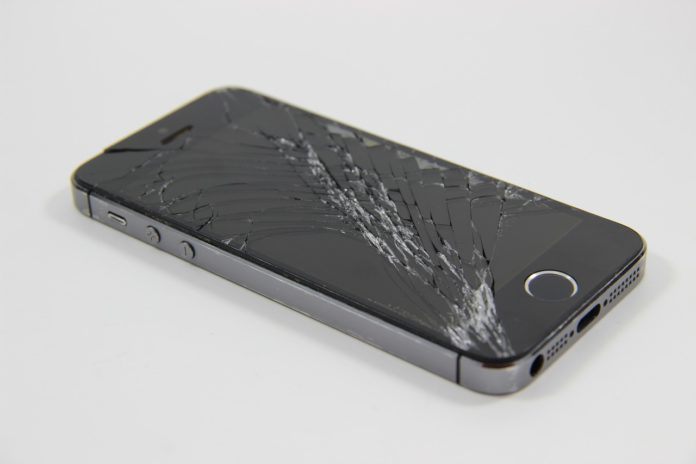No one likes cracked displays. There’s nothing more frustrating than finding your phone cracked. But, soon this frustration will end up with the development of a new miracle material.
Scientists at the smartphone screen.
This newly developed miracle material is able to conduct electricity. It still being light, durable and easy to manufacture on a large scale. In real, it is made from the molecule called ‘C60’. This semiconductor molecule is then layered with other materials including Graphene and Hexagonal Boron Nitride (hBN).
Here, the hBN material provides stability and electronic compatibility whereas C60 transform sunlight into electricity.
Dr Elton Santos, the lead author of the study, said, “Our findings show that this new “miracle material” has similar physical properties to silicon. But it has improved chemical stability, lightness, and flexibility, which could potentially be used in smart devices and would be much less likely to break.”
Unbreakable smartphone screen also could mean that devices use less energy than before. Because of the device architecture so could have improved battery life and less electric shocks.
The combination of hBN, Graphene, and C60 made a solid material with some unique physical and chemical properties.
Dr Santos said, “It is a sort of a “dream project” for a theoretician since the accuracy achieved in the experiments remarkably matched what I predicted and this is not normally easy to find. The model made several assumptions that have proven to be completely right.”
The material has huge potential, but still not ready to use.
“By producing this unbreakable smartphone screen, we have now produced a template but in future, we hope to add an additional feature with TMDs. These are semiconductors, which by-pass the problem of the band gap, so we now have a real transistor on the horizon.”
